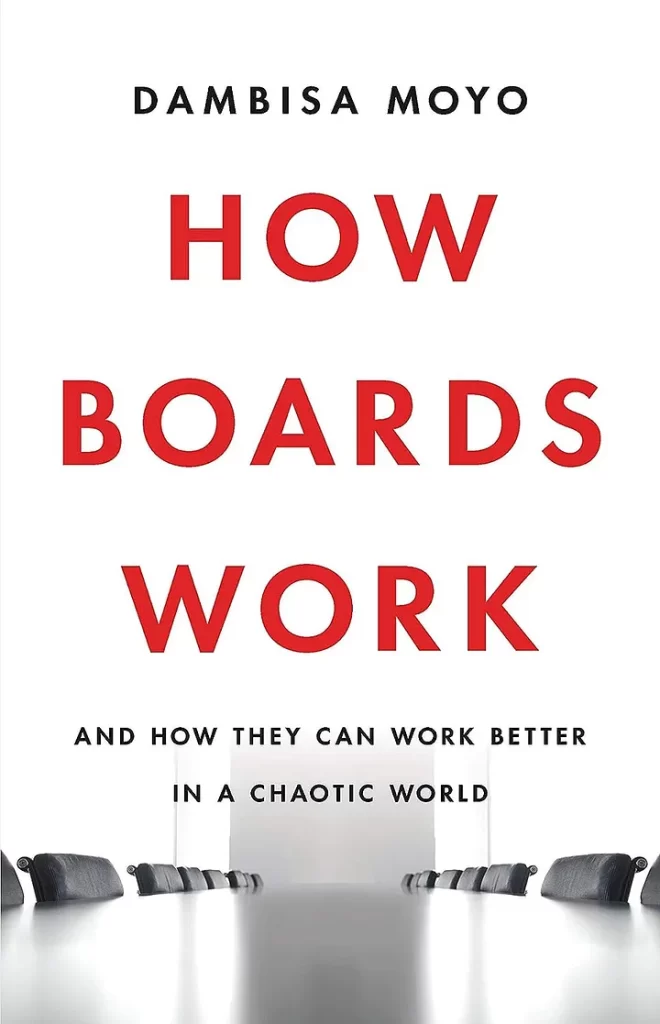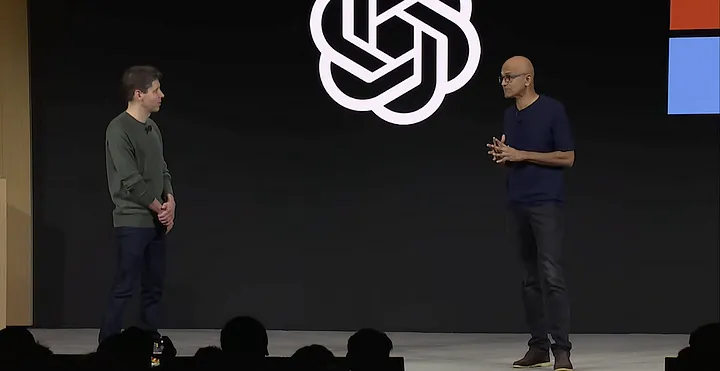In a surprising turn of events, Sam Altman, the former CEO of Open AI, found himself dismissed from his position by four key members of the board of directors.
This unexpected move sent shockwaves through the tech community, prompting speculation about the reasons behind Altman’s dismissal and the complex dynamics at play within Open AI.
The Board Members Behind the Decision
The decision to remove Altman was orchestrated by four influential board members, each holding key positions within Open AI and beyond:
1.Ilya Sutskever
- Current Role: Co-founder and Chief Scientist at Open AI.
2.Adam D’Angelo
- Current Role: CEO of Quora and an Independent Director on the Board of Directors at Open AI.
3.Tasha McCauley
- Current Role: Technology entrepreneur and an Independent Director on the Board of Directors at OpenAI.
4.Helen Toner
- Current Role: Director of Strategy and Foundational Research Grants at Georgetown’s Center for Security and Emerging Technology (CSET) and an Independent Director on the Board of Directors at OpenAI.
Greg Brockman, the ex-president and co-founder of OpenAI, resigned in solidarity with Altman, further emphasizing the internal tensions within the organization.
If you would like to understand how a board works, here is an excellent book by Dambisa Moyo.

The Dynamics at Play
The primary trigger behind Altman’s dismissal seems to be a clash of visions regarding the future direction of Open AI.
Altman’s commercially oriented approach, marked by a rapid expansion into Enterprise and the GPT marketplace, diverged from the initial goals and the vision held by the four dissenting board members.
As Open AI headed towards becoming a prominent commercial tech company, decisions were seemingly made without the unanimous consent of the board, sparking a conflict between Altman and the remaining directors.
The New Leadership and a Return to Roots
In the wake of Altman’s departure, Mira Murati assumed the role of CEO, signaling a shift back towards OpenAI’s original mission: to lead in research and be a driving force in the scientific advancement of artificial intelligence.
The change in leadership suggests a concerted effort to realign the organization with its foundational objectives.
Organizational Structure of Open AI
Understanding the internal structure of Open AI is crucial to comprehending the power dynamics that led to Altman’s exit. The organization operates with a board of directors, each member contributing to the decision-making process.
Altman’s departure and the subsequent appointment of Murati represent a pivotal moment in Open AI’s organizational evolution.
Microsoft’s Strategic Investment
Adding another layer to the narrative, Microsoft’s substantial $10 billion investment in OpenAI further complicates the situation.
The terms of the investment dictate that Microsoft will receive 75 percent of OpenAI’s profits until the initial investment is recouped, after which the tech giant will hold a 49% stake in the company.
This financial arrangement highlights the complex web of relationships and interests at play in the reshaping of Open AI.
The bottom line
The ousting of Sam Altman from Open AI, coupled with the strategic moves by the board and Microsoft’s significant investment, paints a picture of an organization at a crossroads.
As Open AI strives to balance commercial interests with its foundational commitment to research and scientific innovation, the tech community watches closely to see how these dynamics will unfold and shape the future of one of the most influential players in the field of artificial intelligence.

